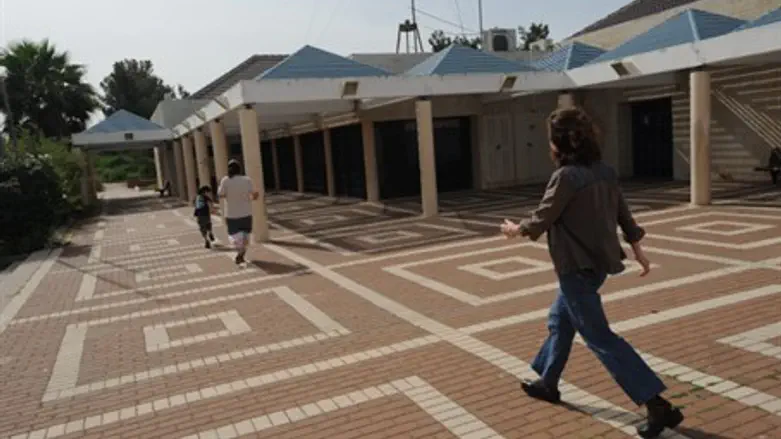
All schools in up-and-coming city of Harish, currently being built just north of Samaria and east of Hadera, will be built according to official Israeli Standard 5281 for green, or sustainable, construction. The standard covers areas such as use of energy, land and water; materials, health, refuse, transportation, the construction site itself, and more.
Educational facilities in the new city, which is planned for a population of 50,000, according to Prime Minister Binyamin Netanyahu, will comprise hundreds of classrooms. Nine million NIS have been earmarked for the green schools.
Standard 5281 is a voluntary set of guidelines, yet the Environment and Housing Ministries joined forces in Harish to implement what is hoped will be "a first step along the way to a revolution towards a healthful and economic real estate program." The two ministries say they are planning the construction of tens of thousands new apartments and hundreds of public buildings in accordance with Standard 5281.
Studies have shown that public buildings built in accordance with "green" energy standards can decrease electric usage by 20%, and lead to health benefits as well. Increased frequency of exchange of air, and the introduction of fresh air, significantly lessen the chances of breathing problems among students and teachers. Some studies have even shown that the students' achieve better test scores in climate-regulated school buildings.
Just two weeks ago, the Israel Electric Company completed the installation of its first public lighting network in Harish – which currently is still a small village of several dozen families. Harish Mayor Yitzchak Keshet said that preparations are underway for the arrival of the first 400 new families "very soon."
Just last week, the government voted to fund one million NIS for the construction of Harish. The city is located in an area with a relatively high Arab population, just to the southeast of Pardes Hanna and ten kllometers west of the Israeli-Arab city Umm el-Fahm.